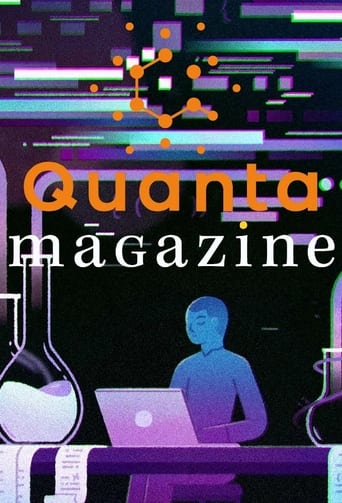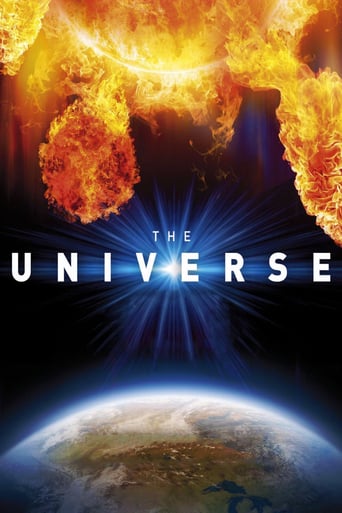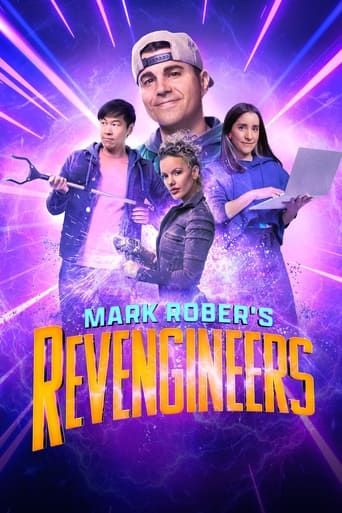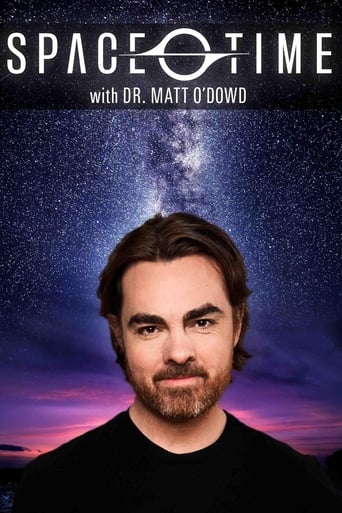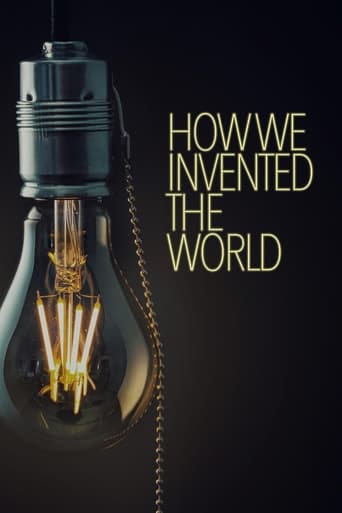Quanta Magazine Season 2016
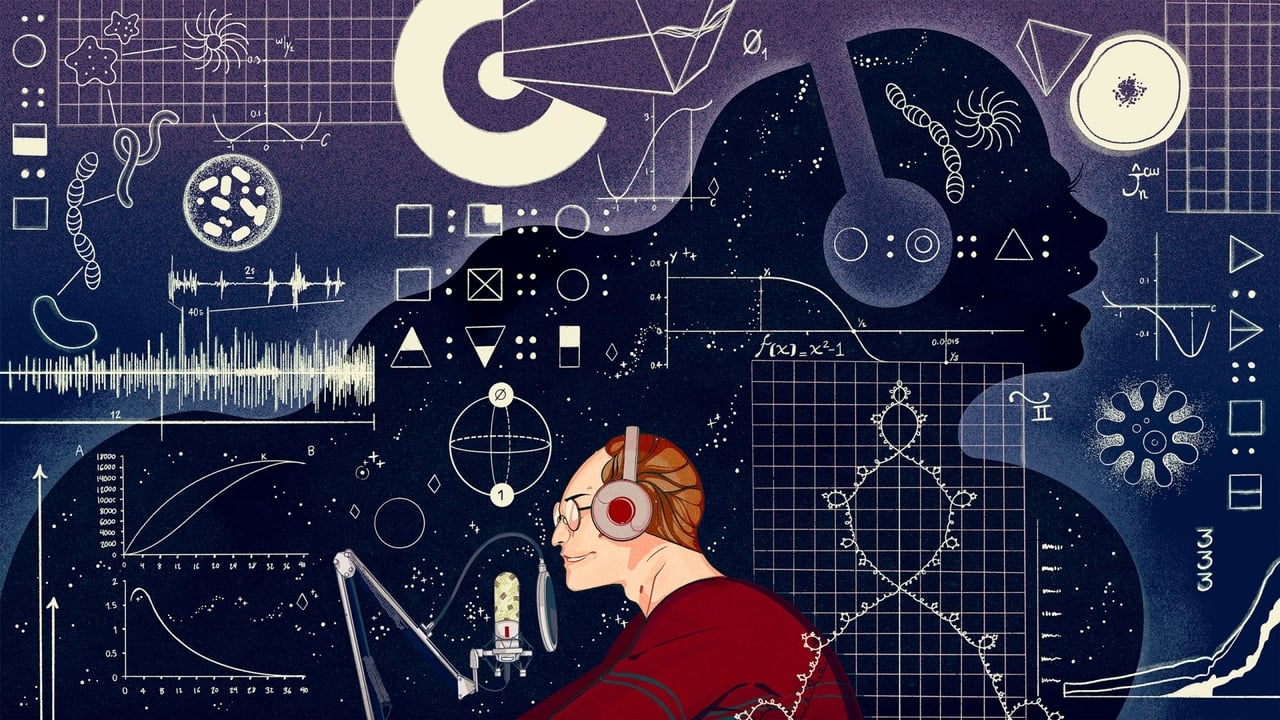
Explore mind-bending developments in basic science and math research. Quanta Magazine is an award-winning, editorially independent magazine published by the Simons Foundation.
Watch NowWith 30 Day Free Trial!
Quanta Magazine
1
Explore mind-bending developments in basic science and math research. Quanta Magazine is an award-winning, editorially independent magazine published by the Simons Foundation.
Watch Trailer
With 30 Day Free Trial!
Quanta Magazine Season 2016 Full Episode Guide
Elena Aprile explains how she hunts for dark matter in the world’s largest underground laboratory.
Janet Conrad explains how sterile neutrinos might help physicists move past the Standard Model.
Erik Verlinde describes how emergent gravity and dark energy can explain away dark matter.
Cynthia Dwork explains how to conduct a survey that asks people if they do embarrassing — or even illicit — things.
Richard Lenski discusses how he has been surprised by evolution.
Michael Costanzo, a biologist at the University of Toronto and a lead author on the new study, explains why it’s important to understand how genes interact.
A Wormhole Between Physics and Education
What's a control? Channa Comer challenges her students to explain and work things out for themselves.
Students need a chance to fail at science to learn about its process, says Aaron Mathieu.
In school or in life, Soni Midha wants her math students to be able to prove why something is correct.
Michael Zitolo is turning the way science is approached in the classroom upside down.
Channa Comer teaches 6th-grade science. She focuses on engagement so kids will want to keep learning.
What can we learn from the best teachers on the front lines? To shine a spotlight on this linchpin of our education system, Quanta Magazine followed four master science and math teachers into their classrooms.
Peter and Rosemary Grant explain how our understanding of evolution has changed in their lifetimes.
Tracy Slatyer explains why she’s not disappointed when a mysterious cosmic signal turns out to be something other than dark matter.
Miranda Cheng explains what umbral moonshine is and how it might illuminate string theory.
David Kaplan explains how the law of increasing entropy could drive random bits of matter into the stable, orderly structures of life.
Suchitra Sebastian talks about how extreme conditions can create unexpected quantum behavior.
Ken Ono explains how Ramanujan has served as his “guardian angel” throughout his life and career.
Janna Levin talks about her roles as scientific director at a “center for art and innovation” in Brooklyn and as a physicist and writer.
Stanford University physicist David Moore explains how his team’s tabletop experiment uses lasers and tiny glass spheres to test gravity.
David Moore explains why we might expect to find strange things when we study gravity at small scales.
David Kaplan explains how a curious signal in the Large Hadron Collider's latest data could upset the Standard Model of physics — or mean nothing at all.
David Deamer explains how his laboratory mimics the extreme conditions found on volcanoes in the early Earth.
Michael Atiyah discusses beauty in mathematics.
David Kaplan explores the best ways to search for alien life on distant planets.
Leslie Valiant explains the term "ecorithm."
Free Trial Channels
Seasons


